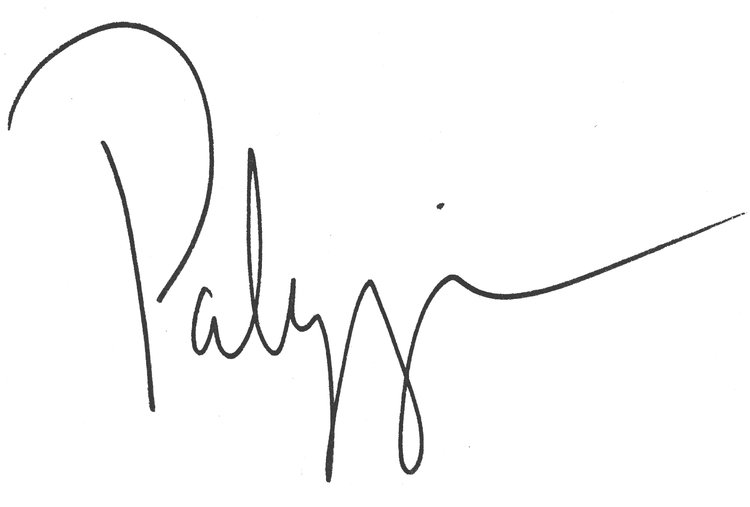TALES OF HOFFMANN
Masahiro Mori’s uncanny valley theory (1970) describes the discomfort we feel when humanoid objects almost, but not quite, appear human, forcing us to confront our mortality. Influenced by Ernst Jentsch’s On the Psychology of the Uncanny (1906) and Freud’s The Uncanny (1919), both explore the unsettling nature of the unfamiliar. Jentsch and Freud were inspired by E.T.A. Hoffmann’s Der Sandmann (1815), in which a boy falls in love with Olympia, an automaton. In Tales of Hoffmann (1880), Olympia mesmerizes an audience with her aria. Paluzzi’s Tales of hoffmann (merges deep-fake technology with the artist’s miming and a ceramic doll, syncing it to three performances by Roberta Peters at the MET in 1956.
Tales of hoffmann
Single-channel video, dimensions variable
3:30 minutes
2020-2022

